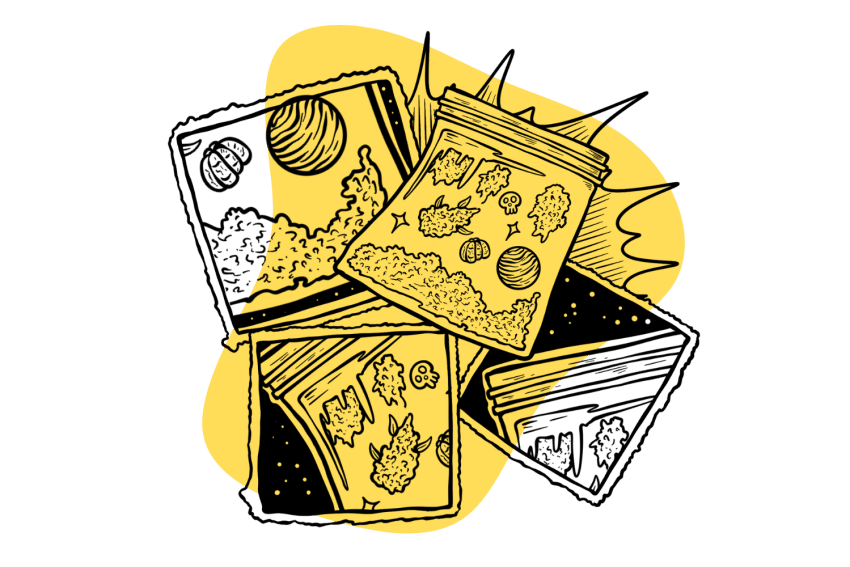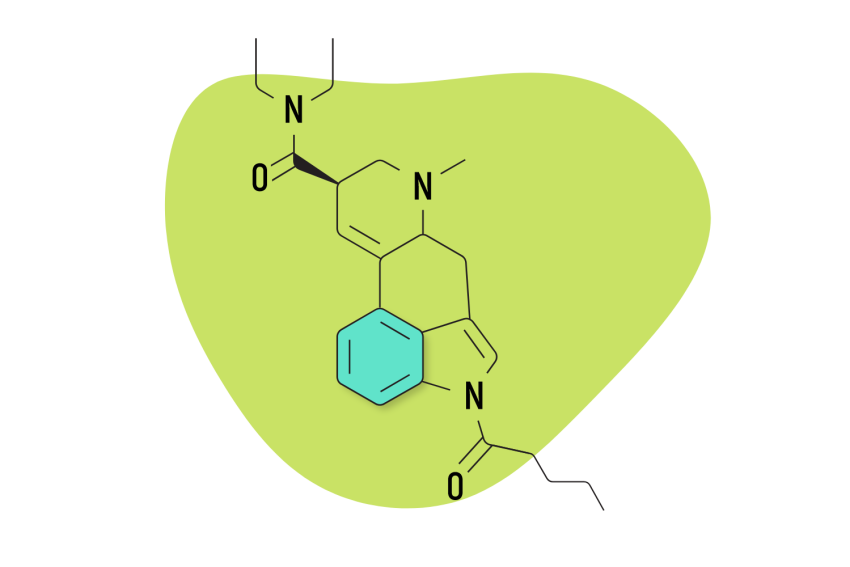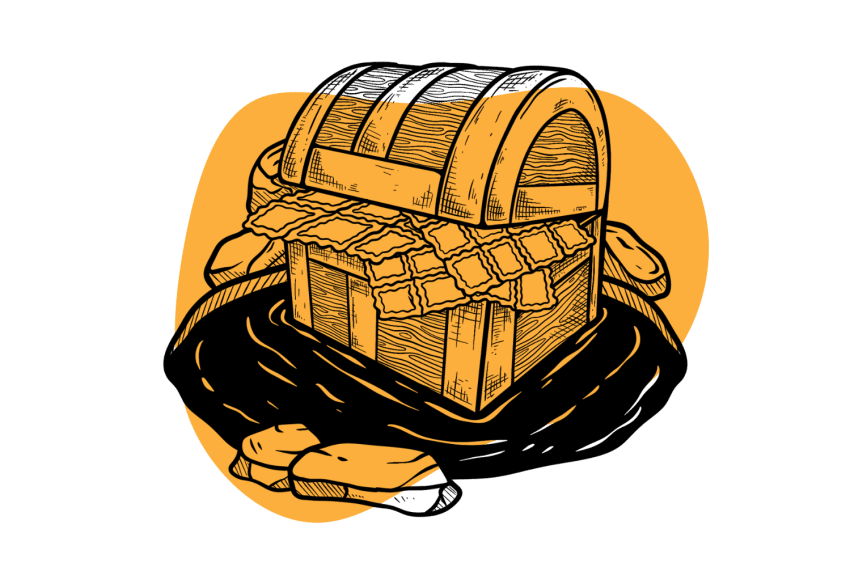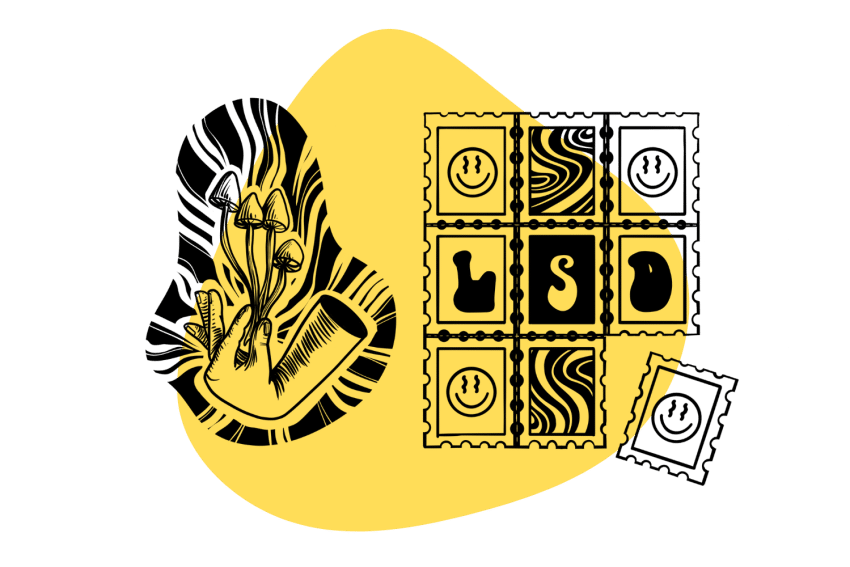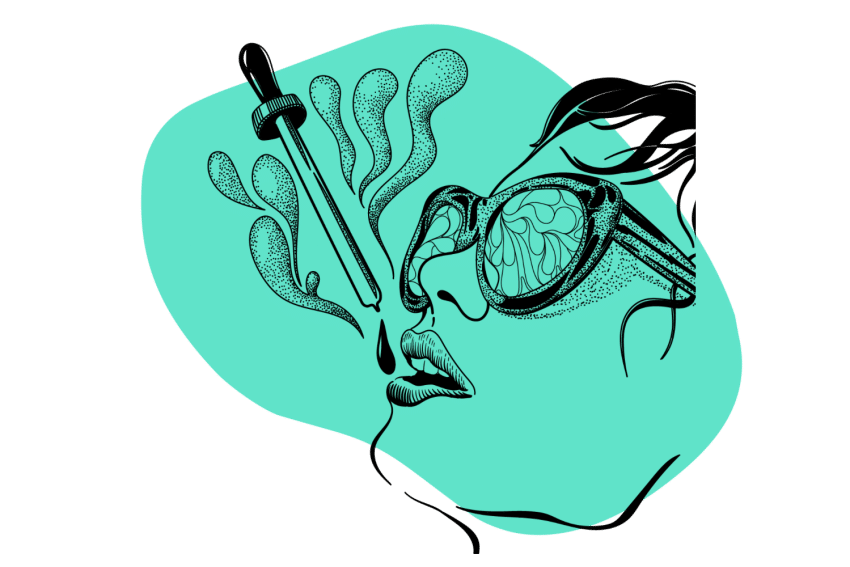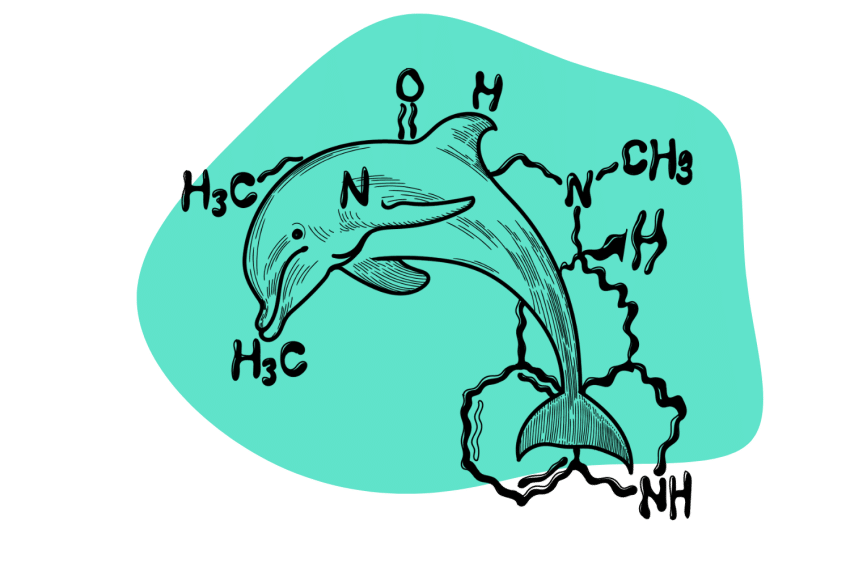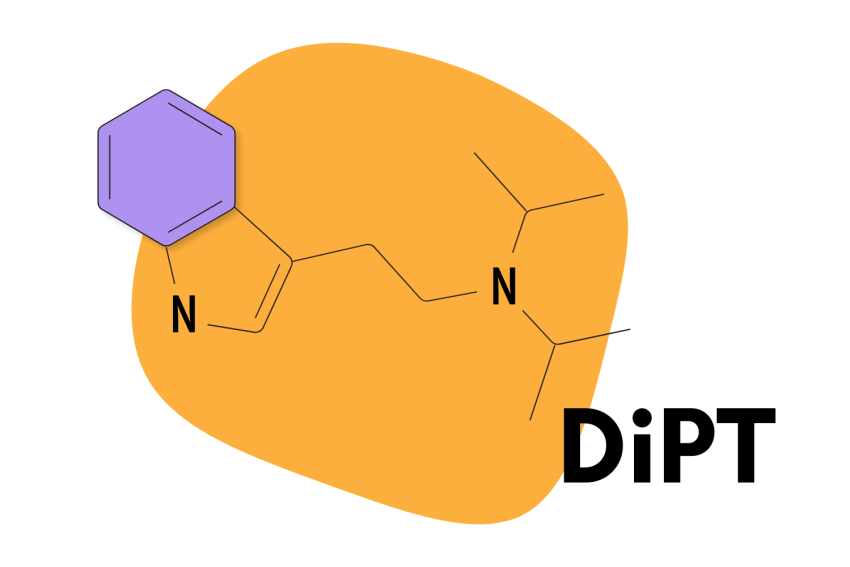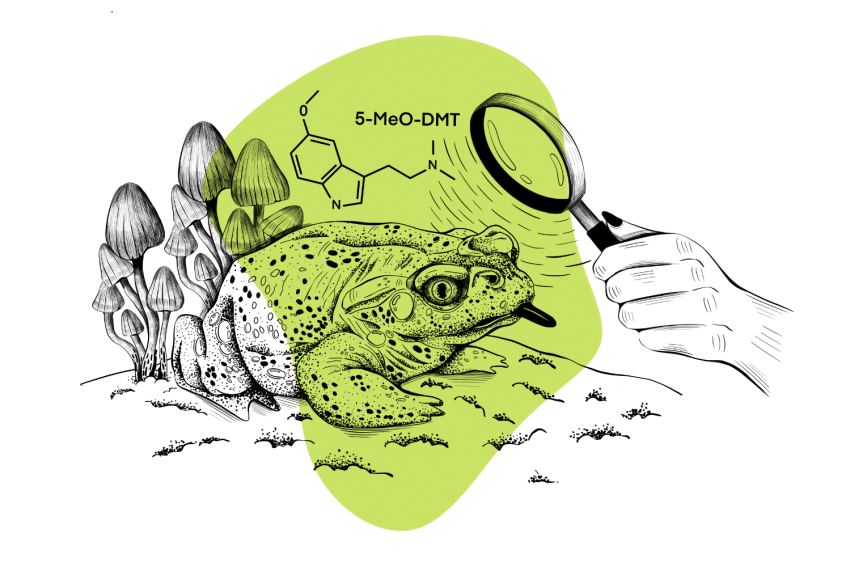Category: Tryptamines
The most common class of psychedelic substances is tryptamine psychedelics.
The most famous members of this class include DMT, psilocybin, and LSD.
These compounds interact with the serotonergic system (primarily the 5-HT2A receptor) to produce shifts in perception, ego-death, and introspection.
Alexander Shulgin outlined dozens of natural and synthetic tryptamine-based psychedelics in one of his books titled TiHKAL (Tryptamines I Have Known and Loved).
Bags of pink powder have been creeping around the globe for a few years now. What’s in them?
1V-LSD is an LSD analog created in 2021. In some countries, 1V-LSD remains legal and is enjoyed for its nearly identical effects to LSD.
Who invented LSD, and how did one of the most potent psychoactive molecules we've ever seen spring into existence? Let's examine the story of LSD.
Magic mushrooms and LSD have a lot in common, but some key differences exist. Here's a quick breakdown of their distinctions and commonalities.
Since ancient times, shamans in Mexico have used the LSA containing seeds of the morning glory vine for healing and divination — psychedelic pharmacopeia.
Liquid LSD is a synthetic hallucinogenic drug made up of LSD crystals dissolved in a solution and taken on a sugar cube or soaked into acid blotter tabs.
Dolphins, LSD, extraterrestrials, and sensory deprivation tanks were the main topics of conversation within a small research lab on an island in the 60s.
DiPT or N,N-Diisopropyltryptamine, is a tryptamine that triggers auditory distortions. A DMT analog discovered by Sasha Shulgin, DiPT, could help study hearing.
5-MeO-DMT is a powerful psychedelic, often creating an experience of ineffable oneness. It comes from plants, a toad, and thousands of years of indigenous use.
